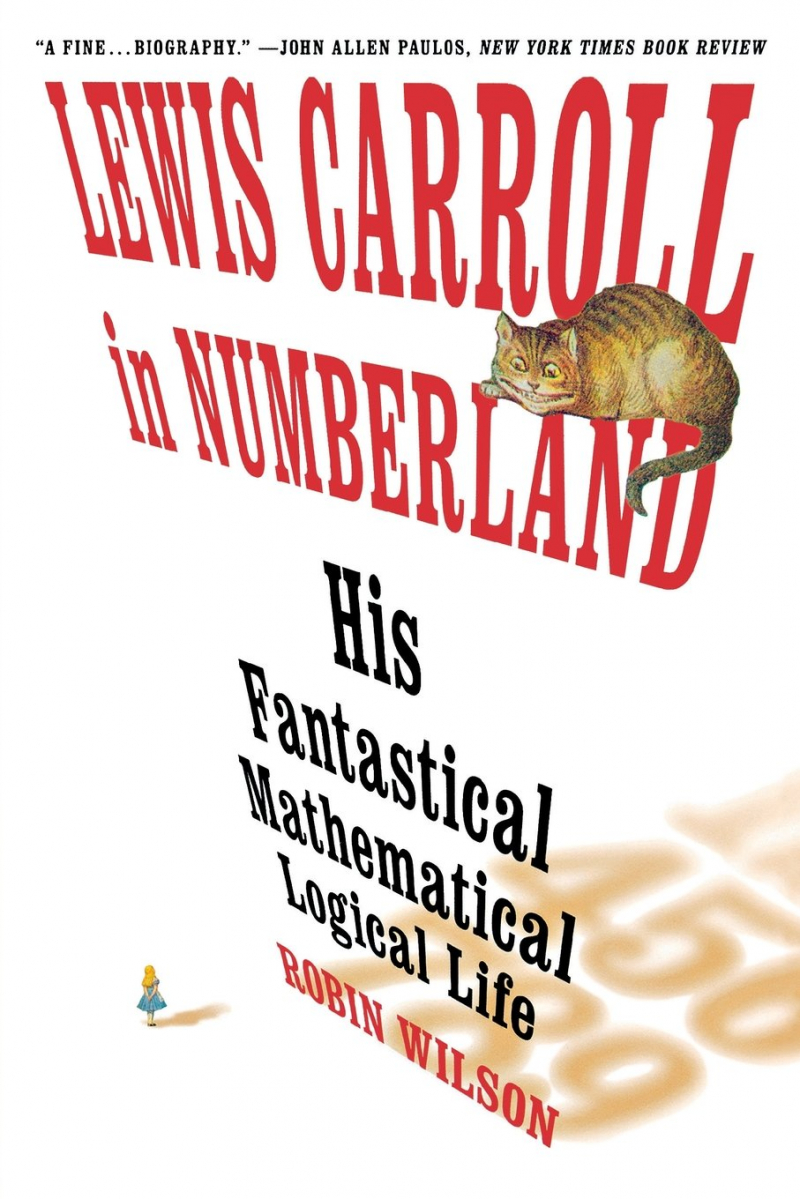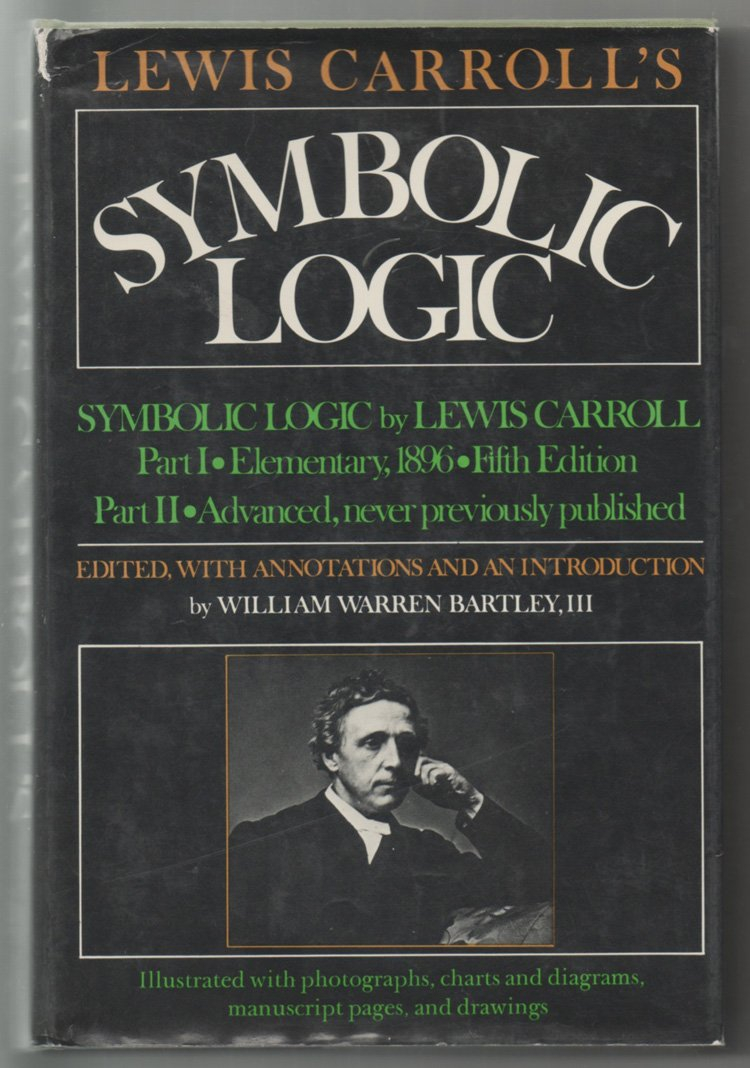He wrote 11 books on mathematics.
Lewis Carroll is best known for his works Alice in Wonderland and Through the Looking Glass. Charles Dodgson was his given name. His father, Reverend Charles Dodgson, instilled a love of mathematics in his son from an early age. Lewis attended Oxford University. Charles L. Dodgson was appointed as a mathematical lecturer at Christ Church College, University of Oxford, UK, in 1855. His job was to prepare Christ Church men (for it was all men) to pass math exams. Under the pen name Lewis Carroll, Dodgson (1832-98) went on to publish Alice's Adventures in Wonderland (1865) and Through the Looking-Glass (1871), but he also wrote many pamphlets and ten books on mathematical topics.
He was particularly interested in using logic diagrams as a teaching tool. Symbolic Logic, which was first published in 1896, contains dozens of puzzles. He was convinced that if children could be enticed by amusing stories and puzzles, they would enjoy learning mathematics. The Game of Logic, published in 1897, was designed to teach children logic. His "game" consisted of a card with two diagrams and a set of five grey and four red counters. Carroll's versions of a two-set and a three-set Venn diagram were the two diagrams. Feeding the Mind, a manuscript of a brief lecture Lewis Carroll once gave, discusses the importance of not only feeding the body, but also the mind. Carroll cleverly draws parallels between the diet of the body and the diet of the mind, and provides practical advice on how to best digest knowledge in the brain. This essay was first published in 1907. Carroll cleverly draws parallels between the diet of the body and the diet of the mind, and provides practical advice on how to best digest knowledge in the brain. This essay was first published in 1907.










